Adoption and care rates higher in some areas
- Published
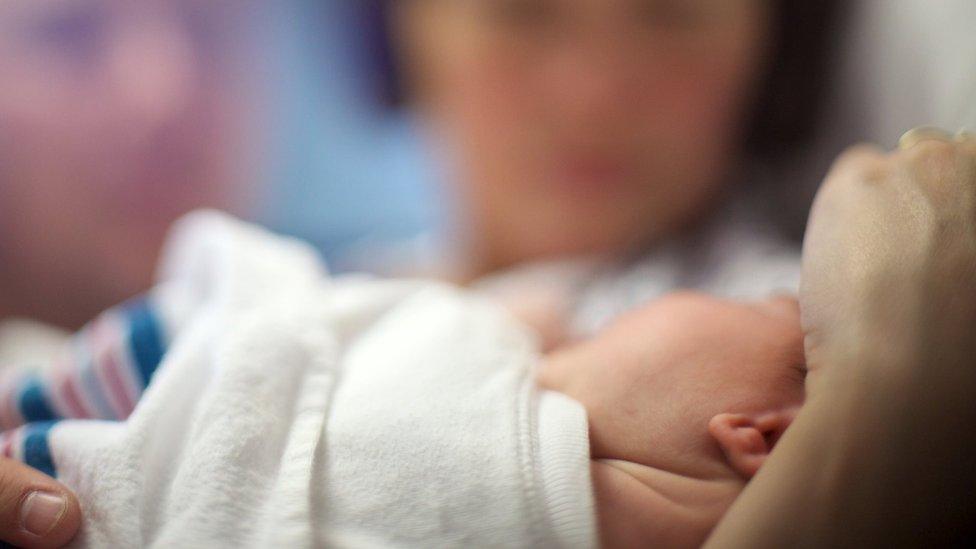
For a child born in England in 2011-2012, the chances of being placed for adoption by the age of five varies starkly by local authority, research suggests.
For a child in Southampton, which had the highest rate, almost one in 50 children was put up for adoption.
For a child in Greenwich, an authority with similar socioeconomic profile, it was less than one in 600.
The findings come from Freedom of Information inquiries carried out by Professor Andy Bilson of the University of Central Lancashire, and shared with the BBC and the Bureau of Investigative Journalism.
He focussed on two year groups of children, those born in 2011-12 and those born 2006-7, asking detailed questions about child protection.
Adoption is intended to take children out of care, because their chances of stability and success in education, and life, are better. But in the 20 authorities where adoption rose over five years, the number of children in care had risen as well.
The FOI response showed that in Southampton, which had the highest adoption rate for the younger group, the authority had investigated many more families - a rise from 215 to 454.
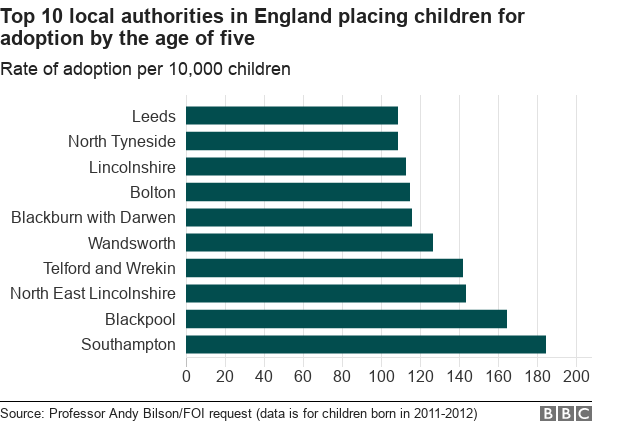
"This is the exact opposite of what you'd expect," Professor Bilson told the BBC.
"It points instead to a difference in the way that children are being removed from parents."
The BBC asked Southampton why it had changed its approach.
The authority responded: "All children who were adopted were subject to rigorous scrutiny by the legal system and the Family Court, both of which agreed with the Local Authority that not only had the threshold for a Care Order been met, but that the Local Authority had exhausted all opportunity and support for any potential family or other carers: adoption was therefore the only realistic option."
There may, however, be another influence at work in Southampton. In 2011, there were four child deaths, one especially high profile. Blake Fowler died of a head injury aged seven.
Concerns had been raised about him since he was a toddler. The authority was later severely criticised for failing to act.
'Significant' harm
Sir Mark Hedley, who for many years was a High Court judge in the Family Division, told the BBC: "It would be wrong to suggest that one is the cause of the other.
"But there is no doubt that public criticism of social workers if children have suffered will lead to an increased priority being given to child protection at the expense of maintaining family groups."
Social workers have to intervene if they believe a child is at risk of "significant" harm. But significant is not defined in statute. Sir Mark says action will vary from one authority to another.
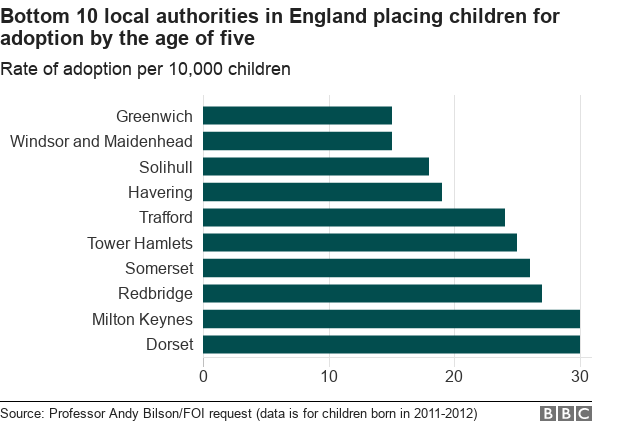
"There will inevitably be a wide range of views in relation to what is significant harm. Just as there will be a range of views about the desirability of intervening in families in the first place," he said.
Professor Bilson found that far more children are being put on child protection plans because of "emotional abuse" and neglect - 82% of the children in the younger group. Again, these are terms which can be subject to interpretation.
Over the last decade, the number of children in care has risen by 134%. Many talk of the crisis in the care system, the family courts overwhelmed by cases.
Why this happens is less clear, though council support for families, so-called early intervention, has been dramatically reduced thanks to cuts, and rising poverty increases the pressure. For many months now local authorities have been warning that more families are in crisis, and that child protection is becoming an emergency service.
Professor Bilson's research is a snapshot only, of two cohorts of children, covering half of England. But it provides a dramatic picture of varying approaches in different authorities, a starting point for further investigation.
The Department for Education said: "Every decision regarding adoption is made with the best interests of the child at its heart.
"Many children and their adoptive families have had their lives transformed by adoption, and we are determined to support them every step of the way.
"On top of this, there are of course a number of alternative options available, including long-term fostering and special guardianship, which may be chosen when it is best for the child."
- Published28 September 2017
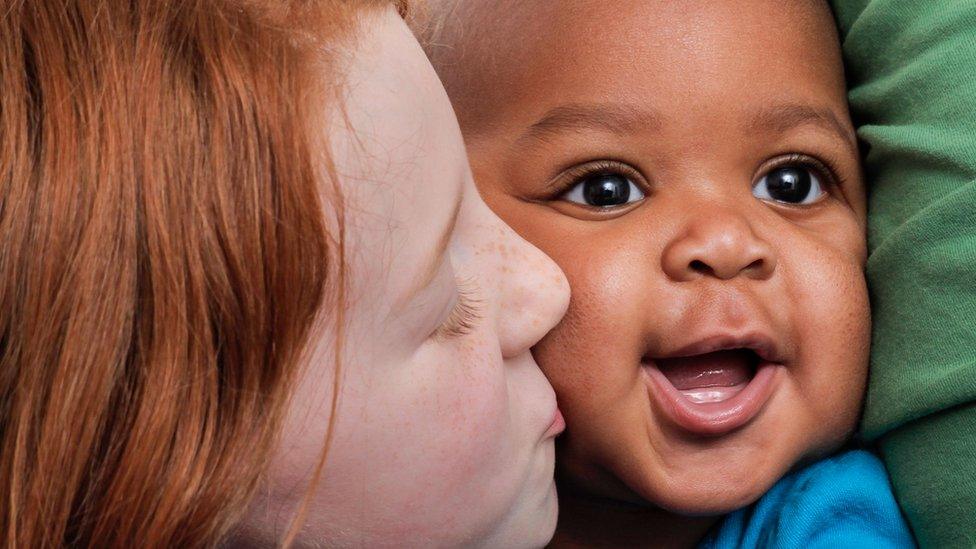
- Published29 May 2018
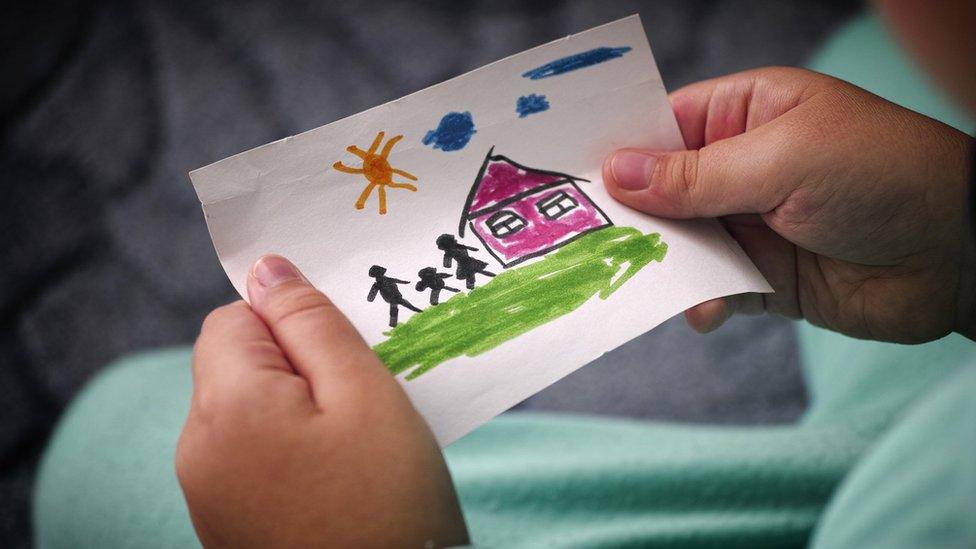
- Published10 May 2018
